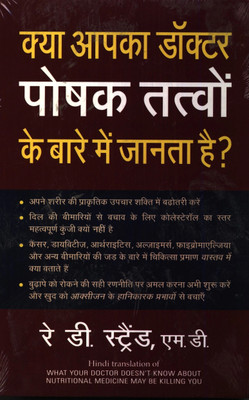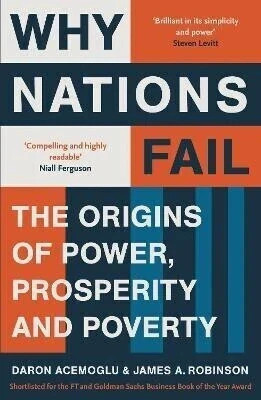
Operation Sindoor: 23 Minute Mai Sadi Ka Vaar (Paperback, Amitabh Kumar)
Share
Operation Sindoor: 23 Minute Mai Sadi Ka Vaar (Paperback, Amitabh Kumar)
Be the first to Review this product
Special price
₹440
₹480
8% off
Coupons for you
T&C
Available offers
T&C
T&C
T&C
T&C
Delivery
Check
Enter pincode
Delivery by12 Oct, Sunday
?
View Details
Highlights
- Binding: Paperback
- Publisher: Bluerose Publishers Pvt. Ltd.
- Genre: Politics & Social Sciences
- ISBN: 9789373105000
- Edition: First, 2025
- Pages: 358
Services
- Cash on Delivery available?
Seller
Description
This book traces the evolution of terrorism in India, from its historical roots in the 1980s to its modern, tech-driven forms. It examines the Soviet-Afghan War’s spillover into the Kashmir insurgency, fueled by Pakistan’s ISI, which trained groups like Hizbul Mujahideen, Lashkar-e-Taiba, and Jaish-e-Mohammed. The 1993 Mumbai blasts, killing two hundred fifty-seven, highlight ISI-backed organized crime under Dawood Ibrahim. Modern tactics include cyber-recruitment, drones, and propaganda by groups like The Resistance Front (TRF). India’s counter-terrorism, from Operation Rakshak to 2019 Balakot airstrikes and 2025 Operation Sindoor, blends kinetic strikes, AI surveillance, and laws like TADA/UAPA. The book details JeM’s Pulwama attack, HM’s local recruitment, and TRF’s hybrid warfare. ISI’s role in funding and arming proxies is scrutinized, alongside India’s preemptive strategies. This compelling narrative reveals the interplay of history, geopolitics, and security, offering critical insights into India’s ongoing battle against terrorism.
Read More
Specifications
Book Details
| Publication Year |
|
Contributors
| Author Info |
|
Be the first to ask about this product
Safe and Secure Payments.Easy returns.100% Authentic products.
Back to top







